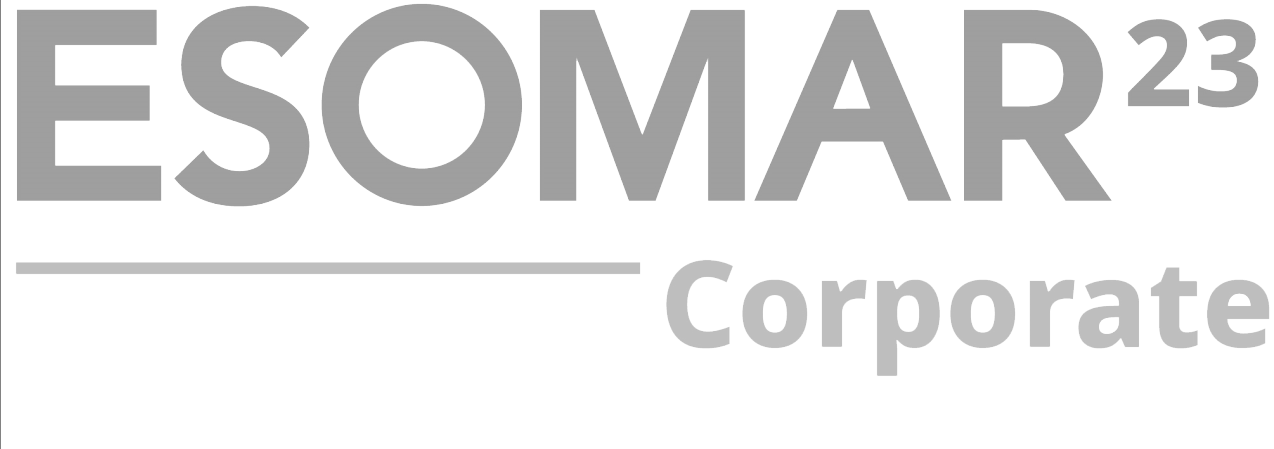Our partners rely on our street interview services, which are also called face-to-face street interviewing, one of the best quantitative research methods.
Street interviews and face-to-face interviews you can trust enough to build your business on
Street interviews are one of the fastest and the most accurate forms of real-time data collection. In this form of data collection, respondents are actually approached on the street (or at a shopping centre or any public place where people are freely walking around) and asked targeted questions. Their responses are noted either using an electronic device such as a tablet or an iPad or through pen and paper. When an electronic device is used to conduct interviews, it is called Computer-Assisted Personal Interviewing (CAPI).
Computer-assisted personal interviewing may sound the same as telephone assisted interviewing, but in this case, a researcher or the interviewer is present at the location and acts as a guide or an interpreter. He or she can assist the respondent in providing the right answers to the right questions and he or she is also free to note down additional but relevant information that can be peculiar to the surroundings where the street interview or the face-to-face interview is being conducted.
All street interviews and face-to-face interviews don’t always have to be based on CAPI; sometimes traditional means are also used to collect data such as paper questionnaires and traditional paper based on multiple-choice questions.
Although the interviews are conducted on the street, it doesn’t mean demography isn’t taken into consideration while drawing a plan. If street interviews, for example, are conducted around the cinema hall, it’s most likely that the questions are going to be asked from people who are involved in the activities happening around the cinema hall, whether it is a movie that is being shown at that particular time, or one of the actors, or the facilities available at the cinema hall, or the commercial activities going on around the cinema hall and basically, everything that has got to do with the existence of that cinema hall.
The profiles of the people on the street are predetermined. Another example would be, interviewing people who sell street food on the pavements. All people holding a Starbucks coffee. Or people having a particular brand of mobile phone. Or dads walking with kids
Street interview services provided by FG Connect
Our street interviews are conducted by our trained interviewers  who have extensive experience approaching people on the streets and making them comfortable enough to provide their insights, whether these insights are regarding your brand, a product or a general topic you are interested in.
We have a vast network of researchers and interviewers spread across multiple countries including UK and the Middle East  who can be immediately mobilised. They are also familiar with the areas and the nuances of the people who live in those areas where face-to-face interviews are conducted.
Over the years we have been constantly fine tuning our approach towards gathering information in real-time from people on the streets. Our researchers don’t just know how to approach the average man or the average woman on the street amicably and derive information from him or her, but also save the information in the right format so that later it can be used to draw intelligence.
Advantages of gathering data through street interviews or face-to-face interviews
Face-to-face interviews give you direct access to hard-to-reach people. Sometimes it is difficult to reach out to a certain profile of respondents in a particular area and hence a panel or an online survey may not be possible. In such circumstances, it is better to conduct street interviews, because then these individuals can be physically approached without having to depend on any other, non-personal means.
The interviewer catches both verbal and non-verbal cues. For example, the body language of the respondent can tell the interviewer whether the respondent is comfortable answering to a particular question or not. The environment can also be noted down to know under what circumstances the questions were answered.
The presence of the interviewer, even though the interview is conducted sometimes on a busy street, keeps the process of the interaction focused on the topic at hand, which might not be the case when the respondent are on their own.
Street interviewers have more chance of obtaining accurate data because both the interviewer and the respondent are present at the scene and the interviewer can verify the data there and then that it actually comes from the respondent. Also, since the respondent is directly interacting with the interviewer, he or she is less prone to providing inaccurate information or avoiding the question altogether.
Disadvantages of conducting street interviews
A good option is to use tablets and iPads and other mobile devices while carrying out street interviews but this again can be costly because of the gadgets involved.
The interviewers will need to travel to different places to meet respondents and take their opinion. Much time will be consumed in travel and commuting itself can be costly.
Although data is known to be more accurate in the case of street interviews because the interviewer is directly getting answers from the respondents, the inverse aspect is that the verity of your data depends on the sincerity of the interviewer. This is not the case when you get responses through a computer-assisted telephone call or a postal survey. But then, it works both ways. Hence, no matter what the disadvantages are, street interviews or face-to-face interviews remain one of the best quantitative ways of gathering research data.












